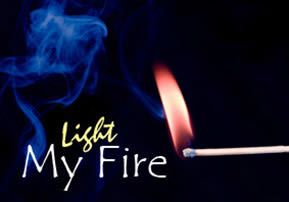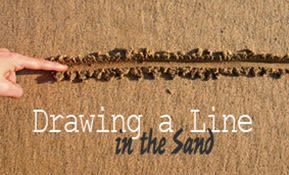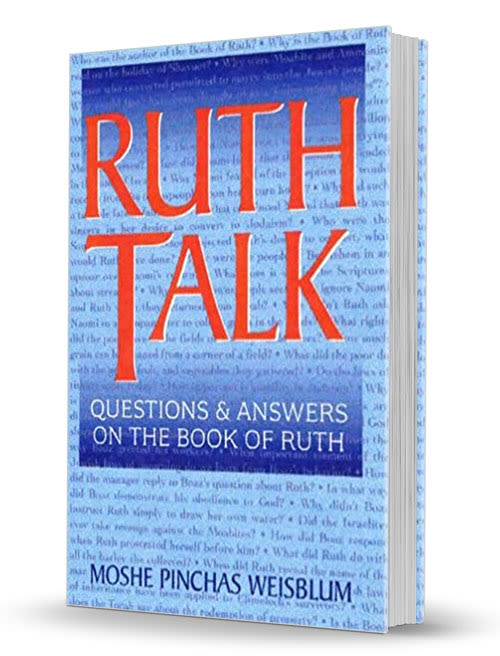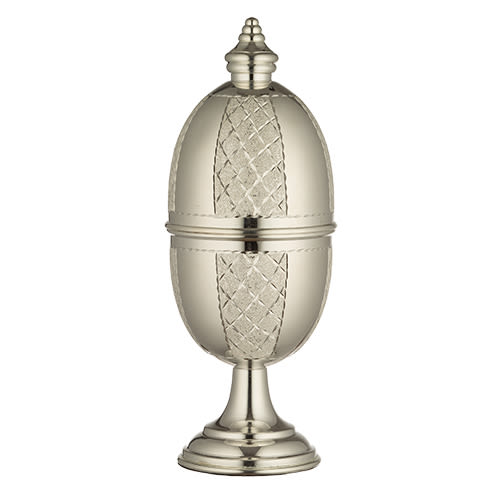
Shemot: Light My Fire
Let's ask some tough questions: what can we learn from the burning bush? Why a thorn bush? Why did it burn but it was not consumed?

What can we learn from the burning bush? If you live in sunny California or in the Arab Middle East, it may sound like an intriguing political tactic to end the current Administration. But since this is Breslev Israel and not National Public Radio, it is safe to say that this miracle has profound significance beyond simply ammunition for the hot machine guns of the American political press.
The verse says, "An angel of God appeared to him (Moshe/Moses) in a blaze of fire from amid the bush. Behold! The bush was burning in the fire but the bush was not consumed" (Shemot 3:2).
According to the oral tradition, Moshe was tending his father-in-law's flock in the wilderness when he reached the base of Mt. Sinai (where the Jews would later receive the Torah). There, he saw a flowering thorn bush, with five leaves on each branch. The leaves were dry, and there was no nearby water source. Strangely, a fire burned at the core of the plant. Moshe struggled to understand what all it meant.
If our greatest hero couldn't immediately grasp what was going on, it behooves us also to pull this symbol out of our Hebrew school picture books and into the real world. Let's ask some tough questions. Why did God choose a thorn bush? Why was it flowering and why did it have five leaves per branch and not the usual three? What is the significance that the bush was on fire, but not being consumed? Why did the fire burn only in the bush's core?
Why the Thorn Bush?
The sages teach that God chose a thorn bush to symbolize the plight of the Jewish people. Just like a thorn bush causes great pain to one who touches it, the Jewish people experienced tremendous suffering during their sojourn in Egypt. The bush also alluded to the reason why the Jewish people suffered. Thorn bush in Hebrew is sneh, which is similar to the word sinah, or hostility. Because the brothers of Yaakov (Jacob) were cruel to Yosef (Joseph), the Jews came to dwell in the land of their oppression.
Let's focus on the physical make-up of the thorn bush. The Midrash specifies that the bush had five leaves per branch versus the usual three. Just like the bush teaches us why the Jews were in Egypt, the plant alludes to why they merited to be redeemed. The five leaves represent our forefathers – Avraham (Abraham), Yitzchak (Isaac), Yaakov, Moshe, and Aharon (Aaron). In the merit of these holy and devoted servants of God, the Almighty freed the entire Jewish nation.
The flowers on the bush represent the environment in which the Jewish nation often finds itself; a blossom amongst the thorns. Throughout our history we have been surrounded by those that hate us and would like to do us harm. The flowers on the burning bush, along with the thorns, represent the Jewish nation as a whole; some righteous, some sinful, all being utilized as a sign of God's presence in the world.
The Fire
Rabbi Shimshon Rafael Hirsch explains the significance of the fire, and how it brings the bush, a symbol of the Jewish people, to its full brilliance. Fire is the manifestation of God's holiness in this world. It has the power to penetrate and warm us, to refine and purify us. It has the power to keep us alive and protect us from the elements. If its energy is not properly utilized, it can become extremely dangerous.
The fire came from within the core of the bush. The bust was not surrounded by fire as is often depicted. This teaches us the fire of Godliness dwells within each of us, and burns within our core. We are all born with a Divine spark and through our thoughts and deeds we can ignite that spark of holiness into an inferno.
Burn-Out
Although the bush was on fire, it was not consumed. In the same way we must not be consumed by Godliness to the extent that we get burned out or turn to ash.
The path to spiritual growth is more exciting and inspiring than any other human experience. Finding truth and bringing that discovery into one's every day life results in unimaginable joy. But we must not forget that we are human and rooted in this world. If enthusiasm is contingent on raw unchallenged spirituality, it can cause us to become disconnected and even resentful. We should strive to temper the flames of spirituality with the realities of day to day living, never losing site of our own personalities, strengths, weaknesses and environment. We cannot exist on a level incompatible with the physical make up of this world, or at such a level where we begin to neglect the people around us. At its core the bush was aflame, but it was never consumed.
For Everyone
Just like the bush represents the Jewish people, and the fire represents our connection with the Almighty, the location of the bush is also not coincidental. Why was the bush at the foot of Mt. Sinai? Wouldn't putting the bush at the summit, in keeping with its lofty symbolism, be more fitting?
In His infinite wisdom, God teaches us that Judaism does not exist only in the atmospheric upper echelons of the Jewish people. Torah is not a commodity solely for the wealthy or brilliant. Godliness can exist in the lowliest of homes and in the humblest of hearts. We only need a sincere desire to become an abode for God and He will be there, burning within us.
On a national scale, the burning bush teaches us that even in our lowest, thorniest moments, God remains true to us. Says Rabbi Hirsch, "I (God) am with them, I share their troubles, I am with them amongst the thorns" (Hirsch commentary of the Midrash Rabba). From Egypt to Auschwitz to the suicide bombers of today, our nation has suffered and continues to undergo tremendous suffering. We often live in fear of those around us and worry for the stability of our future, as one enlightened age after another grows dim with anti-Semitism and persecution.
Individually, our lives are also wrought with challenge, frustration, and pain. But in the darkness of our exile, and in the depths to which we might descend as individuals, a fire will always burn within us. While we might cry out, we must be comforted by its warmth. Let us not forget that the burning bush, the Godliness existing within our souls, was the sign to Israel's greatest champion that the time had come to take God's children out of exile and bring them home.










